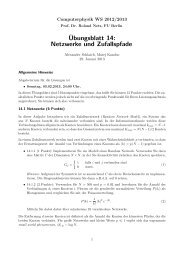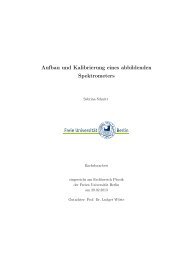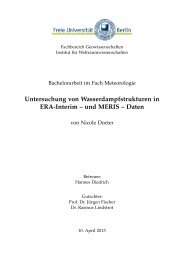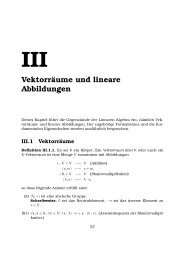Chapter 8—Capital Budgeting Process and Techniques - Userpage
Chapter 8—Capital Budgeting Process and Techniques - Userpage
Chapter 8—Capital Budgeting Process and Techniques - Userpage
You also want an ePaper? Increase the reach of your titles
YUMPU automatically turns print PDFs into web optimized ePapers that Google loves.
4 +165<br />
What’s the IRR of the project? If a firm’s cost of capital is 15%, should the firm accept the project?<br />
a. 10%, 25%, 50%; accept the project<br />
b. 10%, 25%, 50%; reject the project<br />
c. 0%, 10%, 25%, 50%; accept the project<br />
d. 10%, 25%; accept the project<br />
ANS: C<br />
A simple way to solve this problem is to take all the IRRs given in the answer choices <strong>and</strong> to see<br />
whether the IRRs will make the NPV of the project equal to zero.<br />
The NPV of the cash flow at discount rate of 15% is has a positive value of $0.01m, should accept the<br />
project.<br />
DIF: H<br />
REF: 8.5 Internal Rate of Return<br />
NARRBEGIN: Exhibit 8-3 Invst Prpsals<br />
Exhibit 8-3<br />
A firm is evaluating two investment proposals. The following data is provided for the two investment<br />
alternatives.<br />
Initial cash outflow IRR NPV(@18%)<br />
Project 1 $250m 28% $80m<br />
Project 2 $ 50m 36% $20m<br />
NARREND<br />
22. Refer to Exhibit 8-3. If the two projects are independent, which project should the firm choose based<br />
on the IRR rule?<br />
a. project 1<br />
b. project 2<br />
c. both projects<br />
d. cannot decide because the hurdle rate is unknown<br />
ANS: C<br />
The hurdle rate is equal to the discount rate in the NPV calculation, which is 18%. Both projects pass<br />
the hurdle rate.<br />
DIF: M REF: 8.5 Internal Rate of Return NAR: Exhibit 8-3 Invst Prpsals<br />
23. Refer to Exhibit 8-3. If the two projects are mutually exclusive, which project should the firm choose?<br />
What is the problem that the firm should be concerned with in making this decision?<br />
a. project 1; discount rate<br />
b. project 2; discount rate<br />
c. project 1; project scale<br />
d. project 2; project scale<br />
ANS: C<br />
Both projects pass the hurdle rate of 18%, <strong>and</strong> project 1 has higher NPV. The firm should be<br />
concerned with the scale problem that occurs when using IRR as a decision rule.<br />
DIF: H REF: 8.5 Internal Rate of Return NAR: Exhibit 8-3 Invst Prpsals


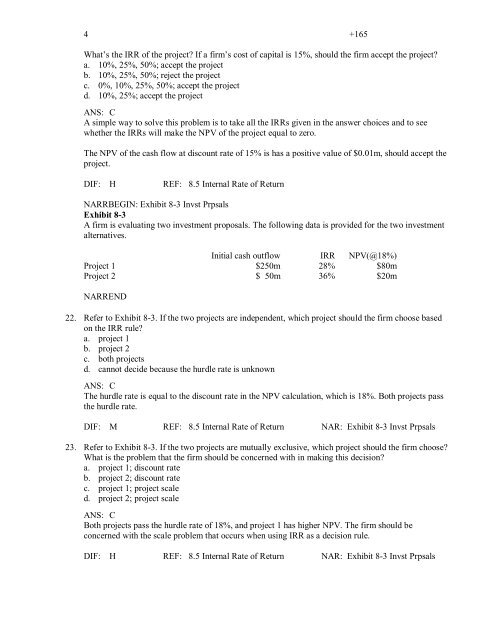

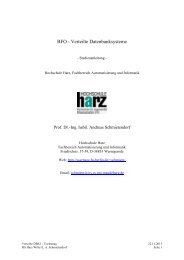
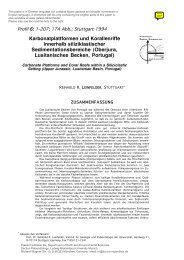


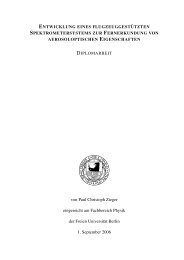
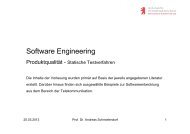
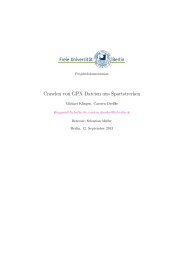
![[UNBEGRENZTE MÖGLICHKEITEN?] - Userpage](https://img.yumpu.com/22343335/1/184x260/unbegrenzte-moglichkeiten-userpage.jpg?quality=85)
